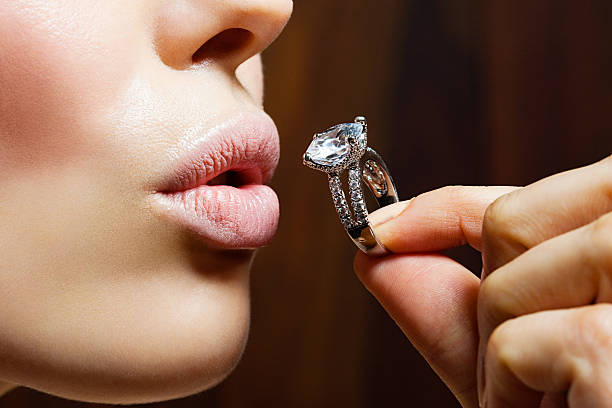Is Your Jewelry Sterling Silver? Here’s How To Find Out All Entries

Silver has played many roles over the years, from making coins and jewelry to designing cups and platters. Today, you can find this precious metal on hairbrushes, surgical tools, and ornaments. However, silver is too weak on its own; you need to reinforce it with other metals. Take the case of sterling silver. Although 92.5% of it is silver, the remaining 7.5% is other metals. Even pure silver isn’t entirely silver. It comprises 99.9% silver and a portion of other metals like copper. Here’s how to distinguish sterling silver from other metals.
- Hallmarks
Like most precious metals, sterling jewelry bears hallmarks. Hallmarks are inscriptions that identify the metal’s type, authenticity, and purity. However, these quality marks vary with the region. For instance, American sterling jewelry contains inscriptions like “925,” “S925,” and “.925.” On the other hand, UK metals have a lion symbol, date letter, sponsor symbol, town, and duty mark.
France engraves sterling ornaments with Minerva's head. Other marks to look out for include “Ster,”, “Sterling,” and “Sterling Silver”. Remember, hallmarks aren’t always visible on the surface. You may need a magnifying lens for closer observation.
- Tap, Bend, Smell
This metal produces a 2-second bell-like sound when you tap on it. To perform the test, hit the metal lightly with a coin or your finger. However, be gentle with the ornament to avoid denting it. You can also test the piece’s malleability. The metal could be sterling silver or pure silver if it bends easily.
Another option is putting the metal next to your nose. Pure silver doesn’t smell. Although sterling jewelry contains some copper, the amount is too small to produce a smell. Note that these tests aren’t conclusive. You need further inspection to ascertain if the silver is 92.5% pure.
- Magnet and Ice Test
Put an ice cube on your ornament and another on the table. If the ornament contains silver, the ice on the metal will melt before the ice on the table. Alternatively, put your metal and a non-silver item in a bowl of ice. If you touch the metal after 10 seconds, your ornament should be colder than the non-silver item.
You could also pass a magnet over the metal. Magnets don’t attract sterling jewelry. The metal is most likely stainless steel if it clings to the magnet.
- Visit a Professional
Home tests aren’t always conclusive. You may need a second opinion from a gemologist to confirm whether your ornament is silver, silver-plated, or sterling silver. The first professional test is using nitric acid. The gemologist scratches the metal and adds some nitric acid. The ornament turns creamy if it contains silver and green if it doesn’t. Though you can buy a kit and do the test at home, use gloves and goggles to protect yourself from nitric acid.
The gemologist can also send the ornament to the lab for additional tests. Here, scientists will transmit x-rays through the metal with an XRF gun to determine its purity. They could also melt a portion of the ornament and perform a chemical assay. But don’t just choose any jeweler. Besides following ethical practices, certified gemologists have the right tools to work on your jewelry, guaranteeing accuracy.
See a Professional Jeweler To Sell Your Sterling Silver Jewelery
At Ralph Mueller & Associates, we can appraise your sterling silver jewelry for value and authenticity. Contact us today for more information.